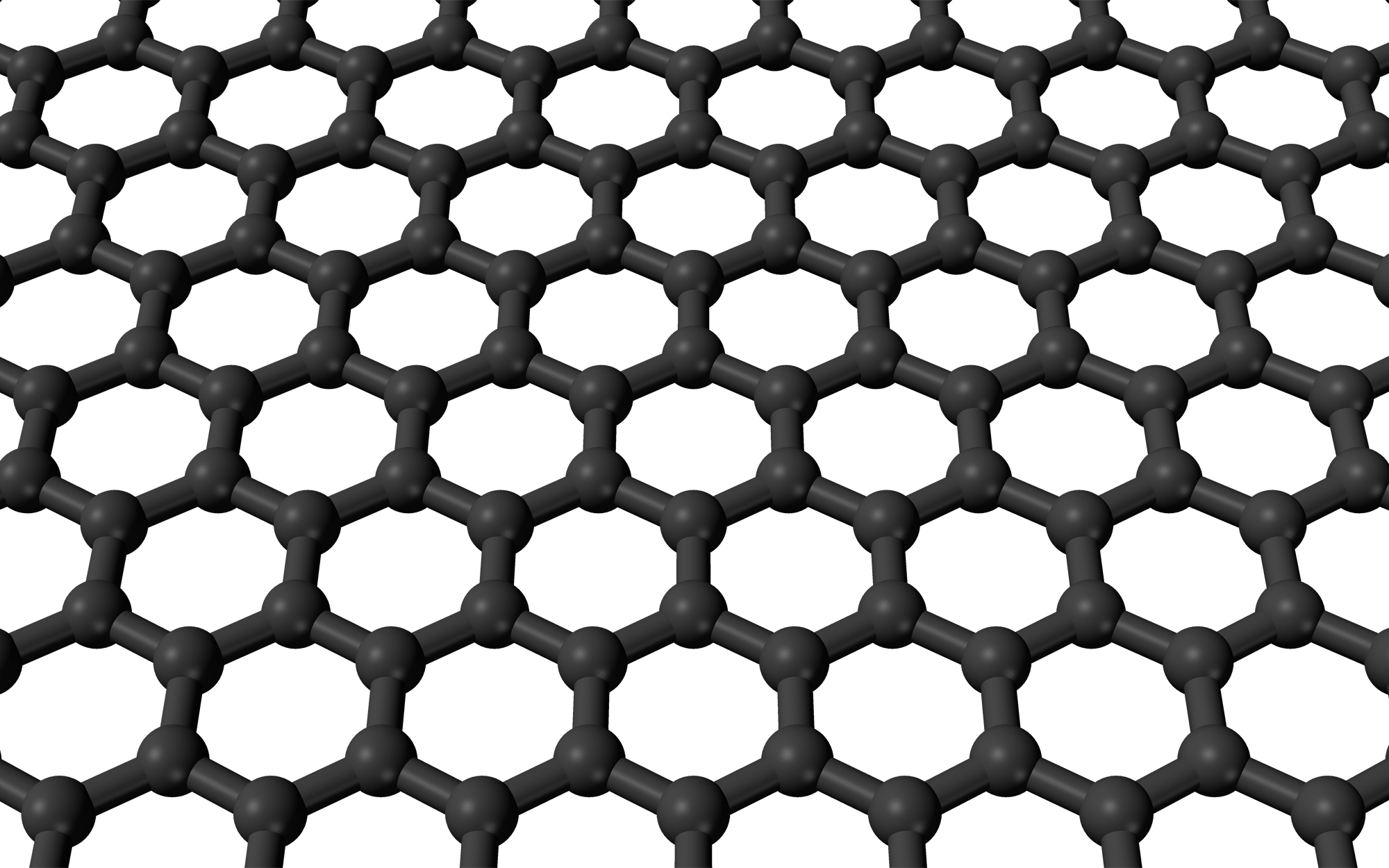graphene membrane
Hats off to the CSIRO who have developed the ultimate water filtration and purification system. It uses a graphene membrane, that is, a membrane made from graphene, a form of carbon which consists of a single layer of cells in a hexagonal lattice. These layers of carbon were first produced in the 1960, the term graphene appearing in the 1980s. The layers had been regarded as having promise for filtration membranes because of their structure, their strength, and the fact that they could be simply and cheaply produced.
The CSIRO has developed their own form of graphene which is amazingly effective, taking all undesirable substances out of the water, whether it is simple salt in seawater or more harmful contaminants in raw water, and producing pure drinkable water in one pass through the purification system. They make the graphene from soybean oil which is in plentiful supply.
So just as Cape Town is running out of water, our scientists are producing an effective way of supplying drinking water.
ZG: 6
A lower rating only because I don’t think graphene membrane is a household word yet. But its significance in terms of solving the problem of diminishing supplies of drinking water is enormous.
